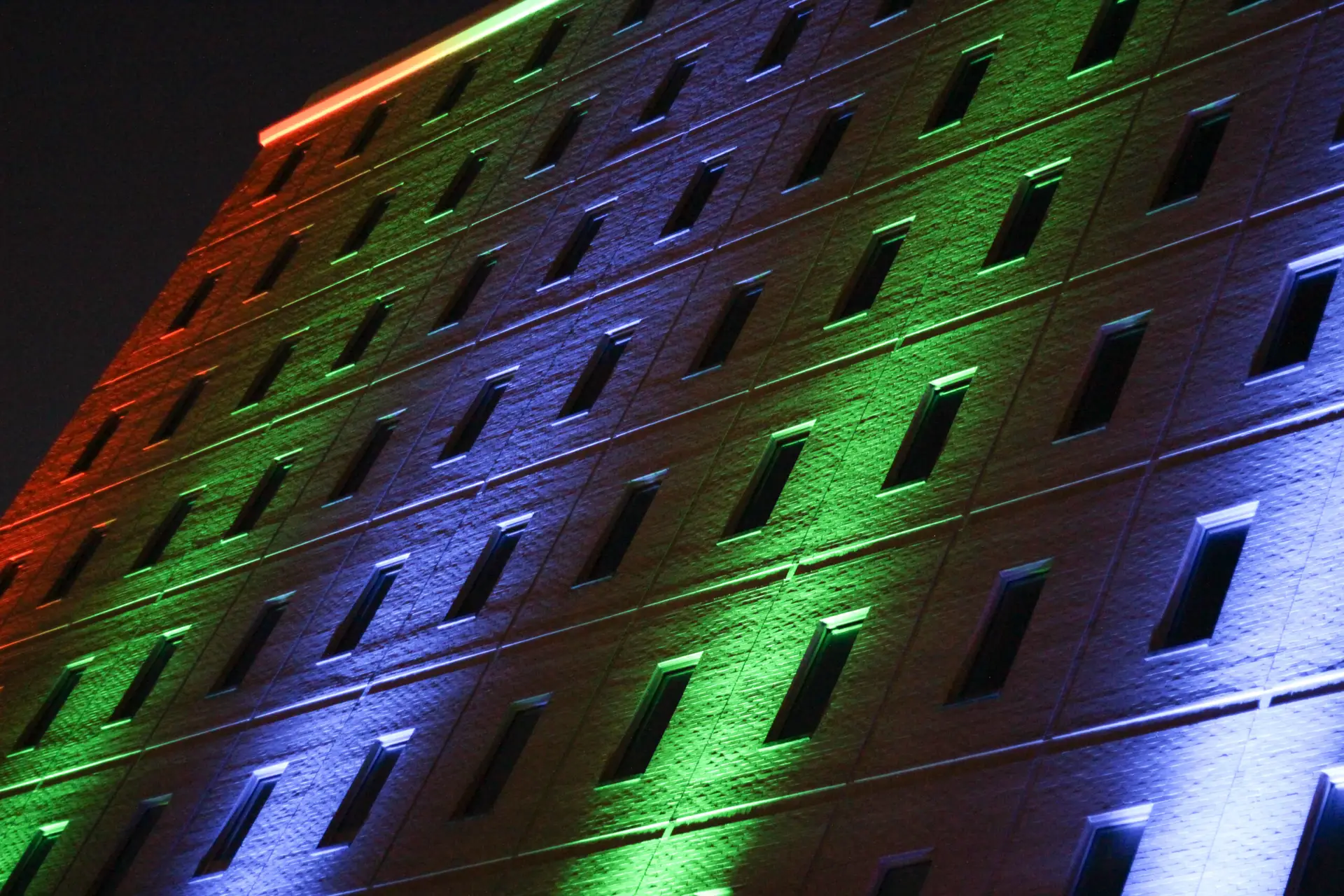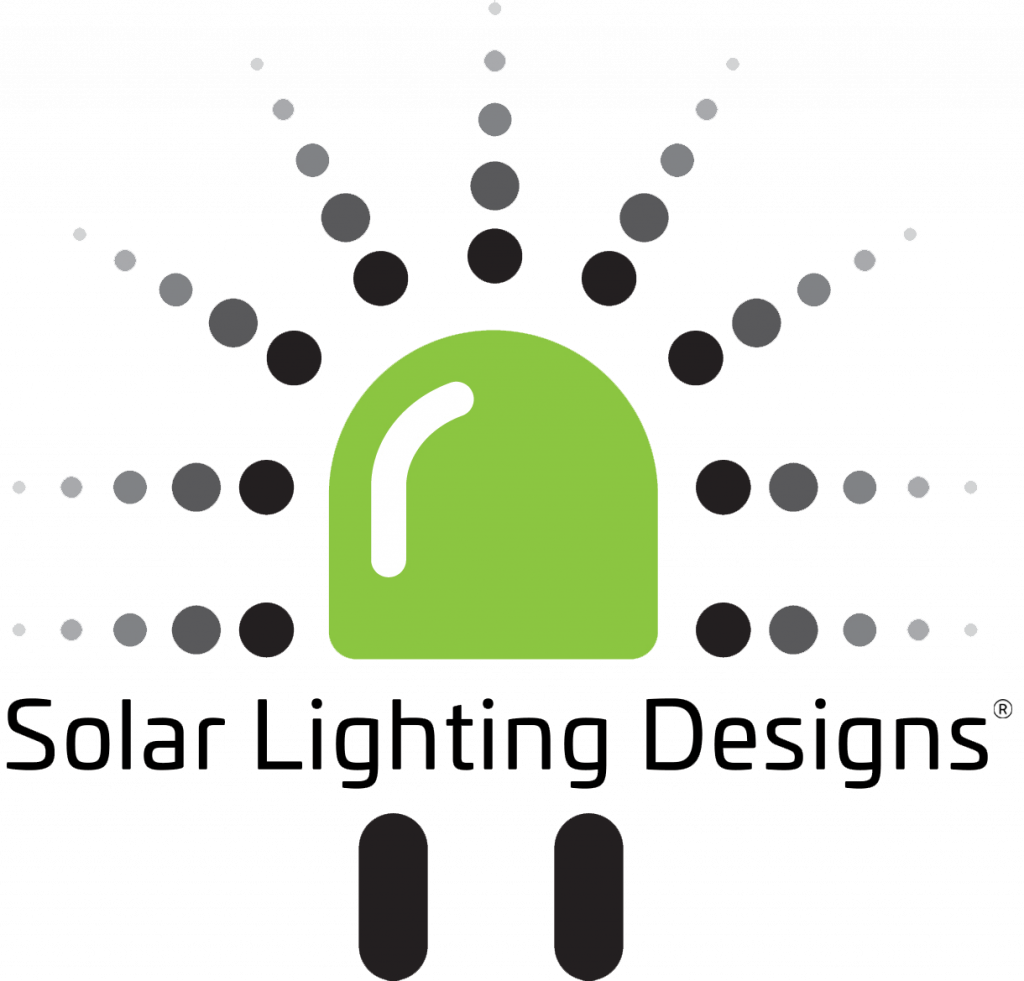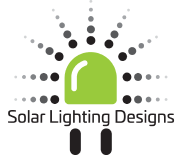Where Should Solar Flood Lights be Placed?
Solar flood lights have emerged as a reliable, cost-efficient, and safe option for lighting your house without being connected to the official grid system. However, knowing the right angles and places to fix the lights ensures maximum functionality. That is why we have formed this guide, which will tell you where solar flood lights should be placed so that you can obtain maximum benefits. Your Guide to Finding the Best Place for Placing the Solar Flood Lights As a general rule of thumb, you should place your solar flood lights where they are exposed to the sun at maximum intensity. Here, we will discuss some factors you must consider when selecting a place for them. 1. Know Your Needs The lighting placement is highly dependent upon your daily needs and requirements. Before you select an area, assess your needs. Determine for what purpose you seek to place the solar flood lights. For instance, if you are willing to use the lights for security purposes, you must place them around the driveway, in the backyard or at the front door. Solar flood lighting is also widely used by the masses to illuminate their surroundings when the sun is gone. Therefore, look around your house and see what possible spots for placement of the Solar Street Lights. 2. The Sunlight Exposure As the name indicates, solar flood lights depend on the sun to function constantly. Hence, it would help if you determined target spots exposed to sunlight for at least a few hours of the day. In outdoor placements, this won’t be an issue. However, if you are considering placing the lights indoors, set them up near the window or doors so that they can get the required amount of sunlight. If you think there is no such place available, invest in flood lights with separate solar panels which can be placed outside. 3. Optimizing the Motion Sensor Placement The motion sensor is a device incorporated in the solar floor lights that detects the presence of human beings through infrared energy to conserve energy and minimize wastage. To optimize motion, sensors aim to place the lights where maximum movement is observed. This includes entry points, pathways, etc. 4. Angles and Height Other crucial factors to consider when setting a placement spot are the height and angles. Firstly, try to adjust the angle to observe maximum sunlight. You can also change the angles at different points of the day according to the sun’s position. On the other hand, remember that the closer lights are to the ground, the less coverage they provide. It would help if you determined how much space you want the light to spread. For instance, you can place the lights above 3 to 4 feet (about a metre) on driveways and backyards. However, placing the lights at 7 or 8 feet (about 2.5 metres) might be a good idea in rooms and hallways. 5. Type of Your Solar Flood Light The solar flood lights are available in three significant categories including: Attached to solar panels: These types of lights have built-in solar panels. Hence, it would help if you placed them where the sun is present. If placed indoors, they won’t function properly. Separate solar panels: These Solar Bollard Lights have a separate solar panel system that can be organized anywhere outside and is connected to the light. Hence, you can place it anywhere you want. Light with remote controller: These lights are meant to be placed in inaccessible areas or at heights you cannot reach. Hence, knowing the type of solar flood light drastically impacts the spot where you can place them. 6. Accessibility Opt for locations that are more reachable and accessible. This will help you easily replace the lights, clean the solar panel, adjust the angles, and fulfill all the maintenance requirements. At the same time, accessibility will also ensure longevity and maximize performance through constant monitoring. 7. Aesthetics The purpose of installing solar flood lights extends beyond just lighting needs. Today, people are also using them to enhance their overall property’s style and aesthetic appeal. Please set up your Solar Flood Lighting to seamlessly integrate with the rest of the space’s elements, including fixtures, themes, decor, etc. For instance, you can position the light to minimize the glare, control light, and enhance eye comfort at night. To not completely brighten up the space, use fewer lights with an equal distance between each to create a shadow effect Top 6 Suggestions to Place your Solar Flood Lights Now that we have discussed all the crucial factors to consider when setting up light, here are some suggestions for different areas of your house. Pathways and driveways: Install solar flood lights next to the ground at the edges. This will help the driver, or the walking person navigate the inner side without stumbling upon any hurdles. Garden beds and floor borders: You must place the lights within the garden beds or alongside the flower borders in all such areas. This way, you will be able to look at your flowers at night and enhance their aesthetic appeal. Parking areas: Mount the lights on higher points, such as on walls or poles, so that the high fluctuation of the cars does not cause any harm. Backyard: In the backyard, try to place the lights on tall walls so the backyard can be lit without using many lights. Also, aim the lights towards the sitting areas. Fences: Mount the lights on fence posts to outline your property and let others spot it without confusion. Doorsteps: At the entryways, position your lights beside the doors or at the entry point. However, ensure they are not on eye level to avoid discomfort. Conclusion Do you want to install solar flood lights but cannot find a perfect spot to place them? That is why we have formed this guide, which discusses the top 7 points you can consider to select an accurate place. We have also incorporated some



